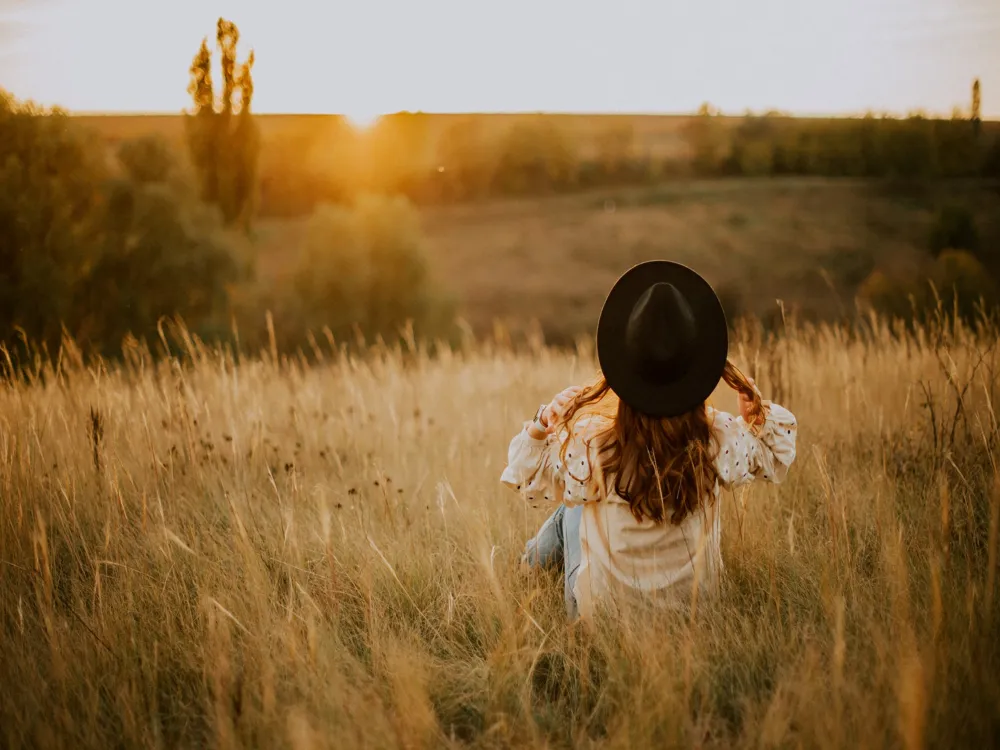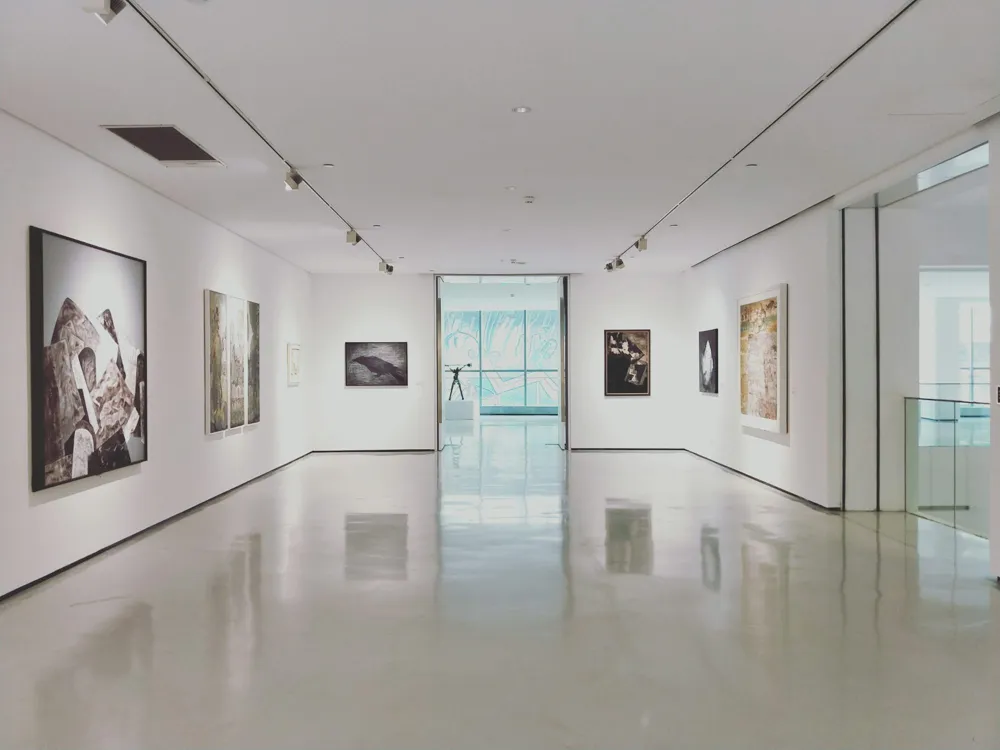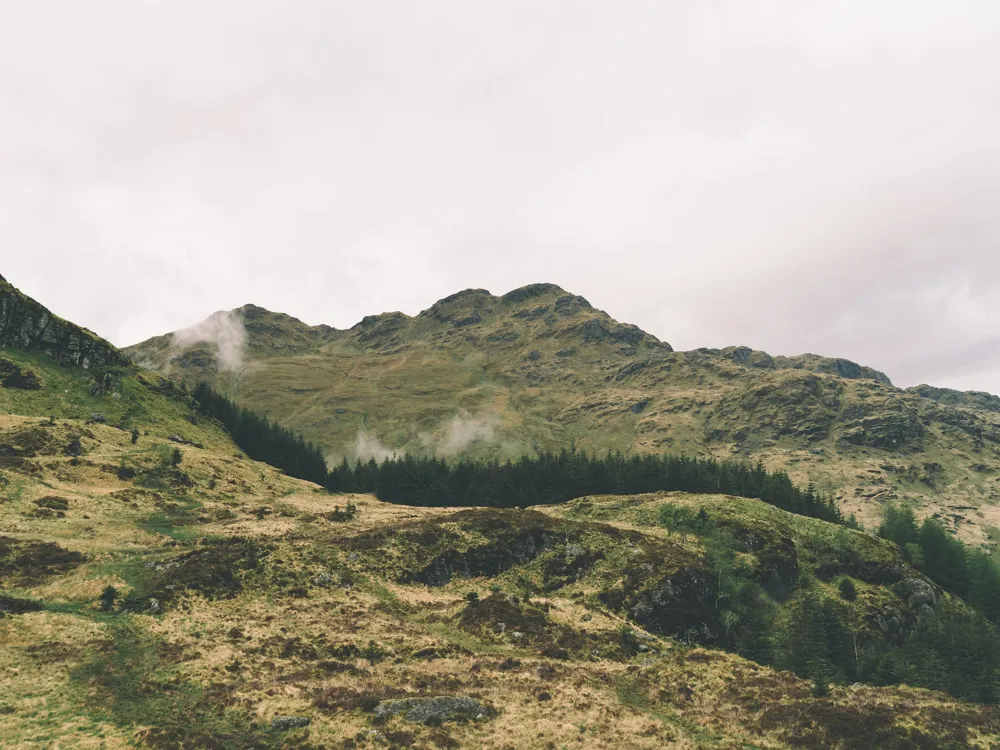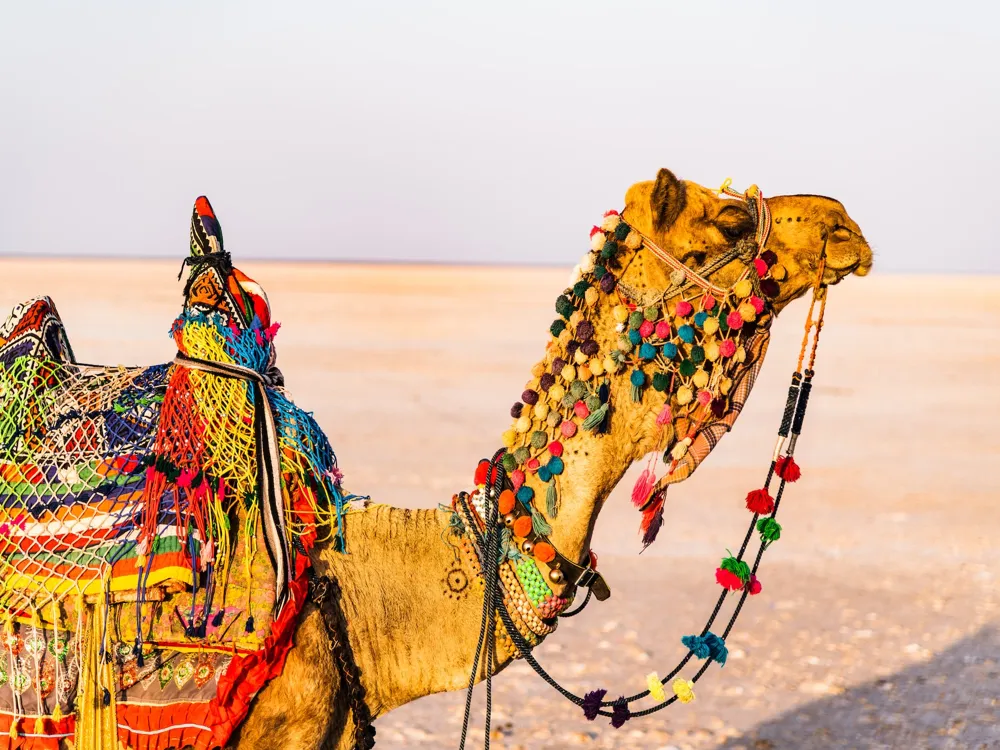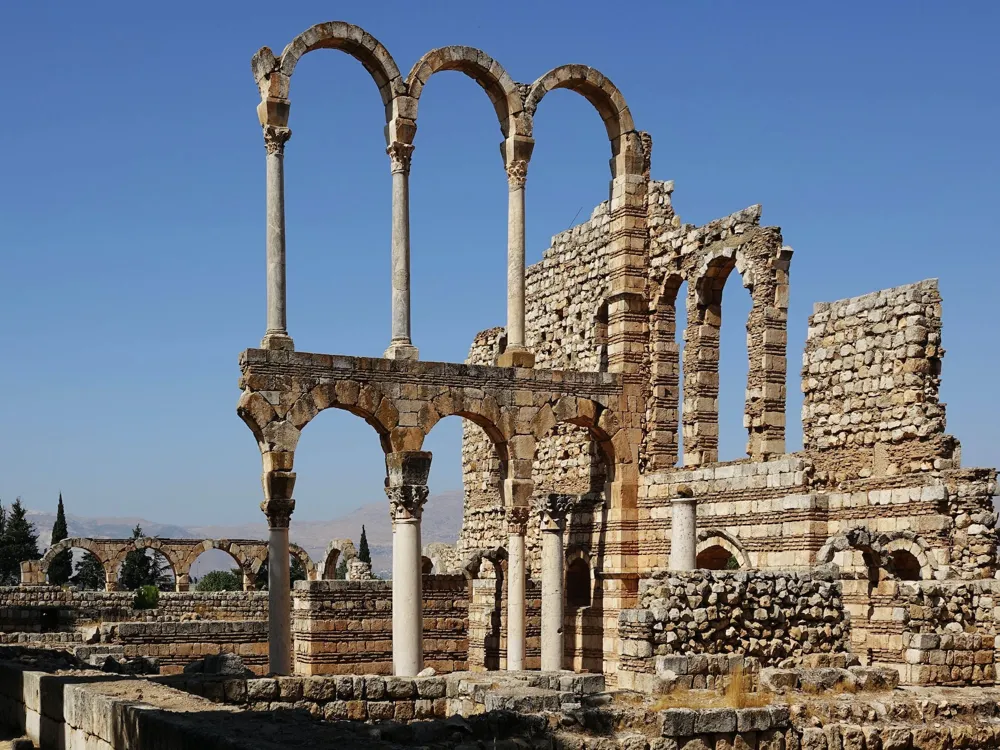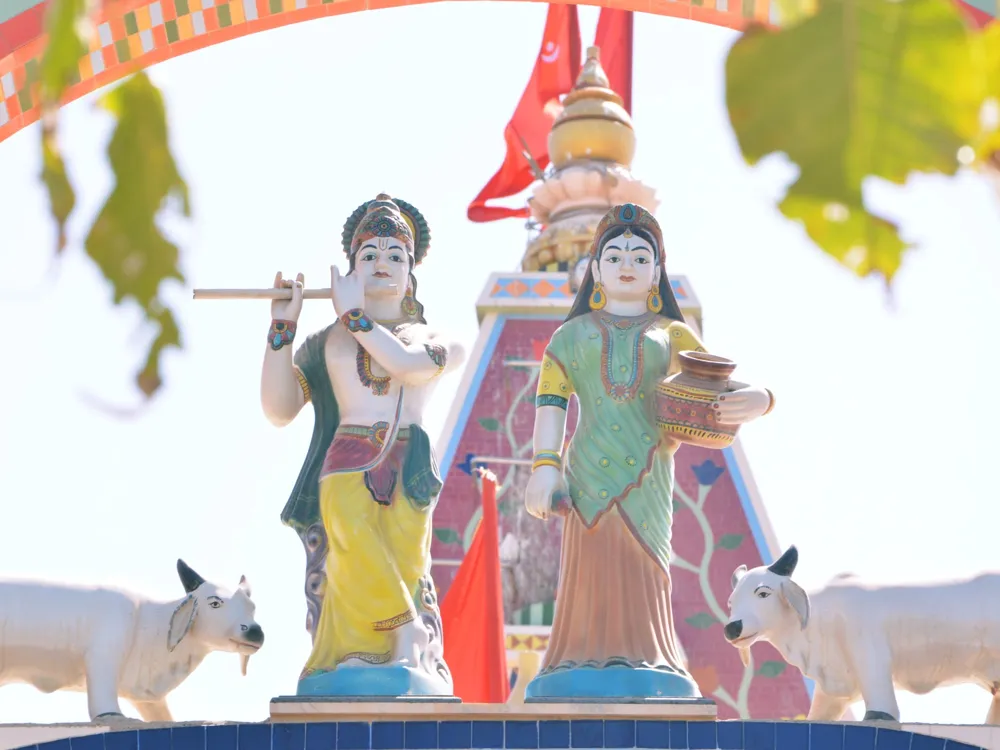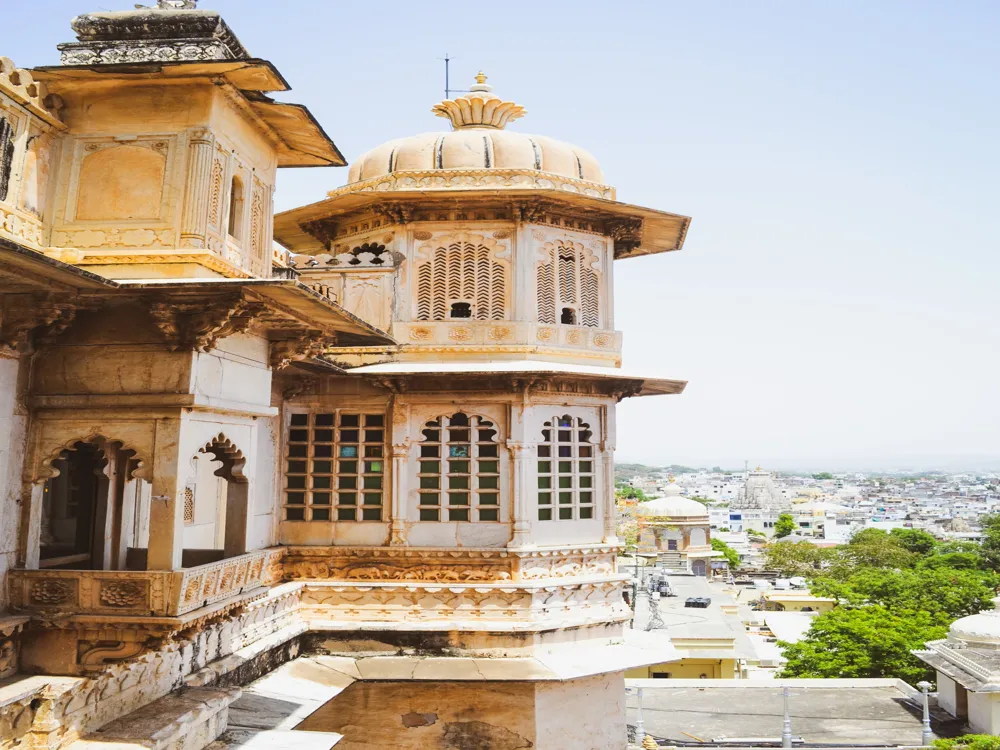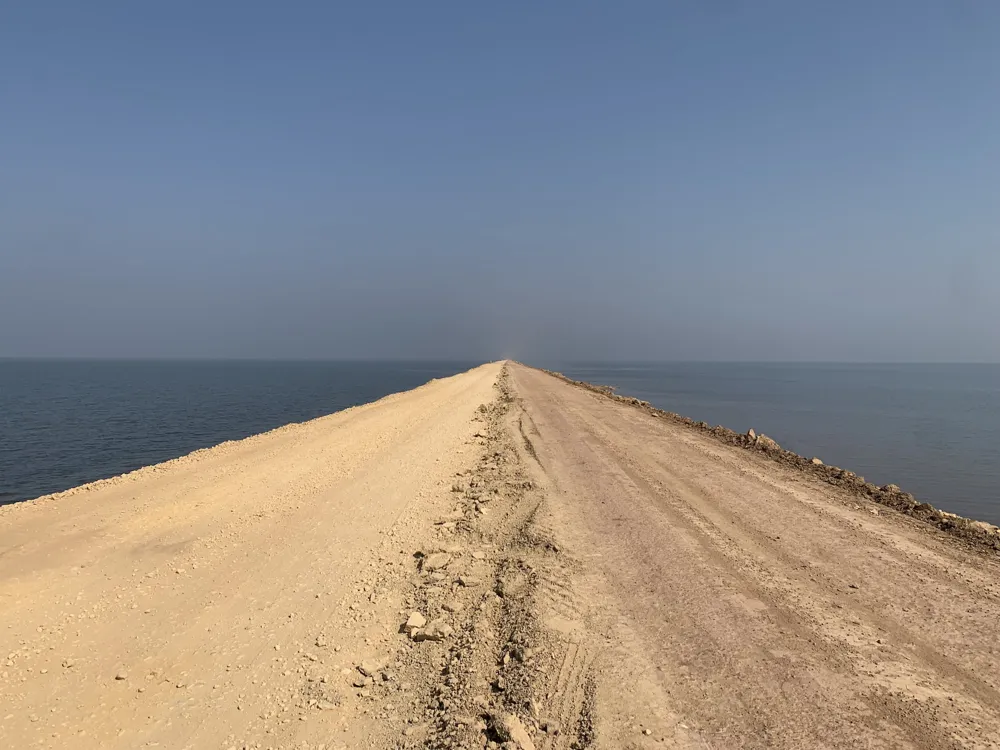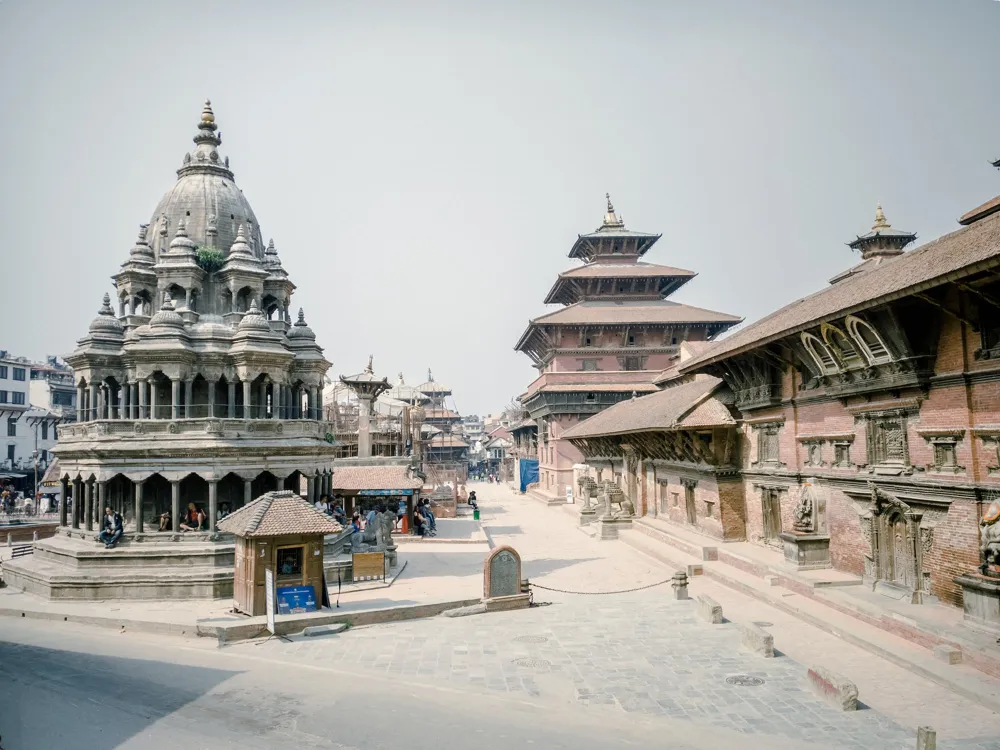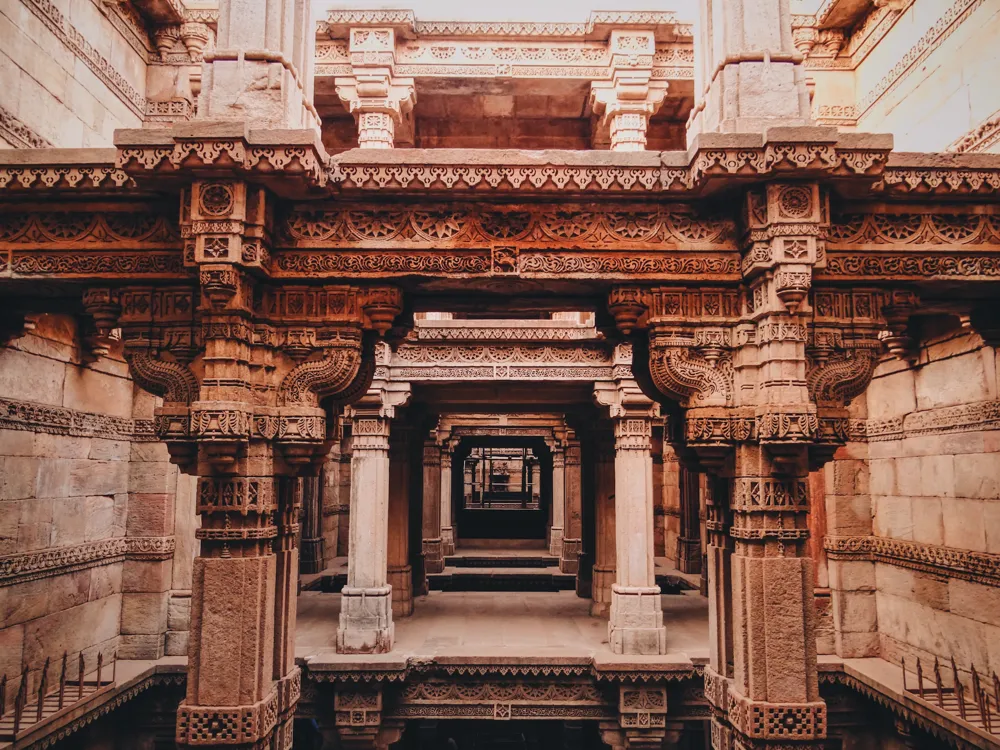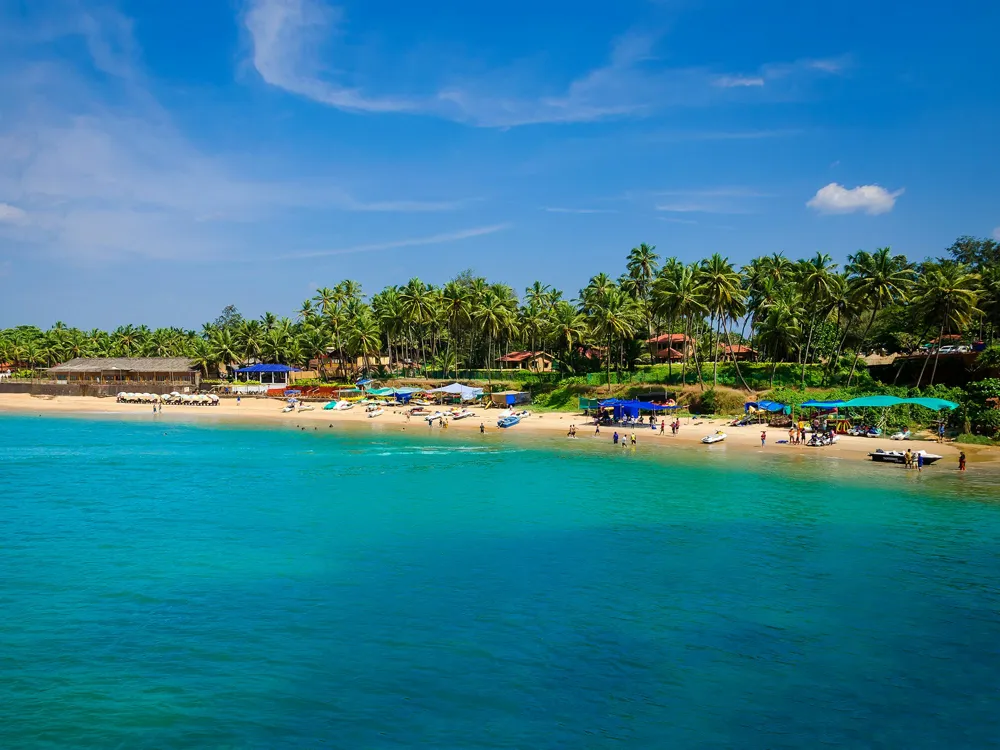Bhuj, a fascinating city in the Kutch district of Gujarat, India, is steeped in history and culture. Known for its vibrant heritage, Bhuj serves as an important cultural hub in the region. Founded in 1510 by Rao Hamirji, it became the capital of the state under Rao Khengarji I in 1549. This city has witnessed significant historical events and has evolved into a melting pot of different communities and cultures.
The city's history is deeply intertwined with that of the princely state of Kutch and its rulers. Over the centuries, Bhuj has survived natural calamities and invasions, each time rising from the ashes like a phoenix. The city's resilience is evident in its architecture, festivals, and the spirit of its people. Bhuj is also known for its contribution to India's independence movement and the significant role played by its leaders and citizens.
Apart from its historical significance, Bhuj is famous for its intricate handicrafts, exquisite embroidery, and vibrant markets. The city's economy thrives on handicrafts, with local artisans specializing in Kutchi embroidery, Bandhani tie-dye, block printing, pottery, and woodwork. These traditional crafts not only reflect the city's rich cultural heritage but also contribute significantly to its economy and tourism.
Bhuj is a city that embraces modernity while preserving its traditions and heritage. Its unique blend of history, culture, and craftsmanship makes it a must-visit destination for anyone interested in exploring the rich tapestry of Indian culture and history.
The architecture of Bhuj is a splendid reflection of the city's rich history and cultural diversity. It showcases a unique blend of traditional Kutchi style with influences from various eras and cultures. The city's architectural landscape is dotted with palaces, temples, and buildings that speak volumes about its glorious past and artistic prowess.
One of the most iconic structures in Bhuj is the Aina Mahal (Mirror Palace), built in the mid-18th century by Rao Lakhpatji. This palace is a marvel of Indo-European architecture, featuring a blend of Indian craftsmanship and European aesthetics. The palace's halls are adorned with mirrors, intricate tile work, and chandeliers, offering a glimpse into the lavish lifestyle of the Kutch royals.
The Prag Mahal, adjacent to the Aina Mahal, is another architectural gem. Constructed in the 19th century, it exhibits a Gothic-style architecture with Italian marble and sandstone from Rajasthan. The Prag Mahal's grand Durbar Hall, with its Corinthian pillars and intricate jaali work (lattice screens), is a testament to the exquisite craftsmanship of the time.
Bhuj's religious architecture is equally impressive, with the Swaminarayan Temple being a prime example. Built in the 19th century, this temple showcases the traditional Vastu Shastra principles and is adorned with intricate carvings and sculptures, embodying the spiritual and artistic heritage of Bhuj.
The city's architecture is not only about grand palaces and temples; it also includes the traditional Bhungas (circular mud houses) of the local communities. These eco-friendly and earthquake-resistant structures reflect the wisdom and adaptability of the local people in dealing with the harsh climatic conditions of the region.
Bhuj's architectural landscape is a harmonious blend of grandeur, spirituality, and practicality, making it a living museum of architectural diversity and ingenuity.
The ideal time to visit Bhuj is from October to February when the weather is pleasant. Summers in Bhuj can be extremely hot, and the monsoon season, though beautiful, might hinder outdoor activities and travel.
Bhuj offers a delightful culinary experience with its traditional Kutchi cuisine. Don't miss trying out local specialties like Kutchi Dabeli, Bajra Na Rotla, and Gujarati Thali. The city has a range of dining options from street food stalls to upscale restaurants.
Respecting local customs and traditions is important. Dress modestly, especially when visiting religious sites. It's also recommended to learn a few phrases in Gujarati to interact with locals more effectively.
Overview of Bhuj, Gujarat
Architecture of Bhuj
Tips When Visiting Bhuj
Best Time to Visit
Local Cuisine and Dining
Cultural Etiquette
Hamirsar Lake
Bhuj
Gujarat
NaN onwards
View bhuj Packages
Bhuj Travel Packages
View All Packages For Bhuj
Top Hotel Collections for Bhuj

Private Pool

Luxury Hotels

5-Star Hotels

Pet Friendly
Top Hotels Near Bhuj
Other Top Ranking Places In Bhuj
View All Places To Visit In bhuj
View bhuj Packages
Bhuj Travel Packages
View All Packages For Bhuj
Top Hotel Collections for Bhuj

Private Pool

Luxury Hotels

5-Star Hotels

Pet Friendly








